In recent years, there has been a growing interest in the connection between nutrition and weight loss. The idea of following a specific diet to lose weight is not new, but the Rainbow Diet takes a different approach, focusing on consuming a variety of colorful fruits and vegetables. This approach not only helps with weight loss but also promotes overall health and wellbeing.
What is the Rainbow Diet?
The Rainbow Diet is a simple concept that involves incorporating a variety of colorful fruits and vegetables into your daily meals. Each color contains different nutrients, and by eating a variety of colors, you are providing your body with a wide range of nutrients that support overall health and wellbeing.
For example, red fruits and vegetables such as tomatoes, watermelon, and red peppers contain lycopene, which has been linked to a reduced risk of certain types of cancer. Orange and yellow fruits and vegetables such as carrots, sweet potatoes, and mangoes contain beta-carotene, which is converted into vitamin A in the body and helps maintain healthy skin and vision. Green leafy vegetables such as spinach and kale are rich in vitamins A, C, and K, as well as iron and calcium.
The Rainbow Diet is not a strict diet plan with specific rules and restrictions. Instead, it encourages people to experiment with different fruits and vegetables and find ways to incorporate them into their meals. This approach makes it easy to stick to and allows for flexibility and creativity.
Benefits of the Rainbow Diet
One of the primary benefits of the Rainbow Diet is weight loss. Fruits and vegetables are low in calories but high in fibre, which helps to keep you feeling full for longer periods. Eating a diet rich in fruits and vegetables also reduces the risk of chronic diseases such as heart disease, diabetes, and certain types of cancer.
In addition to weight loss and disease prevention, the Rainbow Diet provides a wide range of other health benefits. For example, consuming a diet rich in fruits and vegetables can help to improve digestion, boost energy levels, and promote healthy skin and hair. Fruits and vegetables are also a good source of antioxidants, which help to protect the body against damage from free radicals.
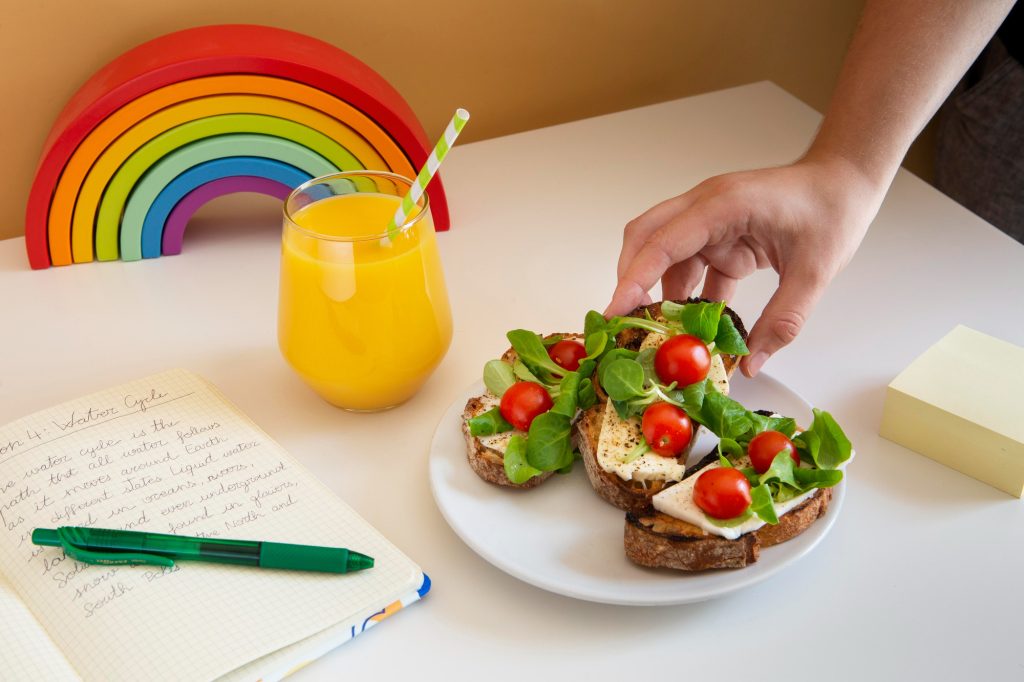
How to Follow the Rainbow Diet
Following the Rainbow Diet is easy and does not require any special equipment or cooking skills. Start by incorporating one new fruit or vegetable into your meals each week. Try to choose a variety of colors, and experiment with different cooking methods to find the ones you enjoy the most.
Here are some ideas for incorporating the Rainbow Diet into your meals:
- Add sliced strawberries, blueberries, or raspberries to your morning oatmeal or yogurt
- Swap out white rice for brown rice or quinoa, which are higher in fiber and nutrients
- Add roasted sweet potatoes or butternut squash to your lunchtime salad
- Swap out white bread for whole-grain bread and top with avocado, cucumber, and sliced tomato
- Snack on raw vegetables such as carrots, bell peppers, and snap peas with hummus or tzatziki dip
- Make a colorful stir-fry with a variety of vegetables such as broccoli, snow peas, and red bell peppers
- Add spinach or kale to your morning smoothie
Conclusion
The Rainbow Diet is a simple and effective way to promote weight loss and overall health and wellbeing. By incorporating a variety of colorful fruits and vegetables into your daily meals, you are providing your body with the nutrients it needs to function at its best. Start small and experiment with different fruits and vegetables to find the ones you enjoy the most. Your body will thank you for it!





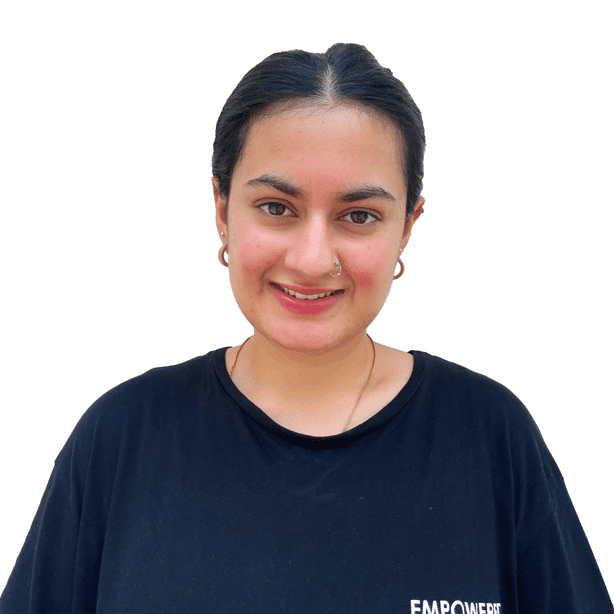

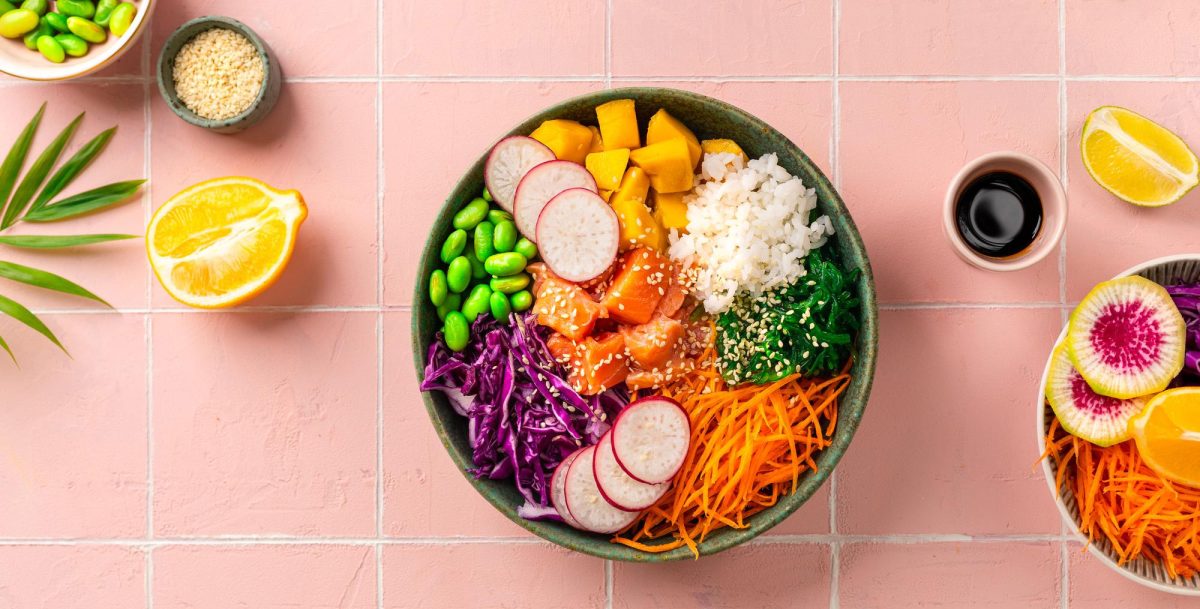

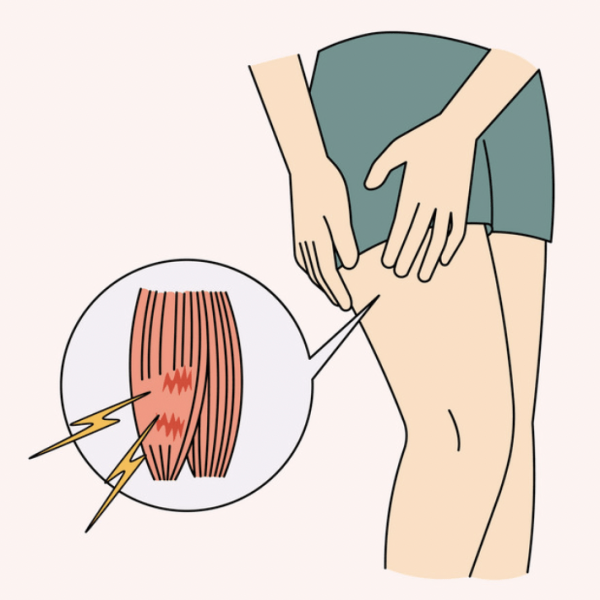


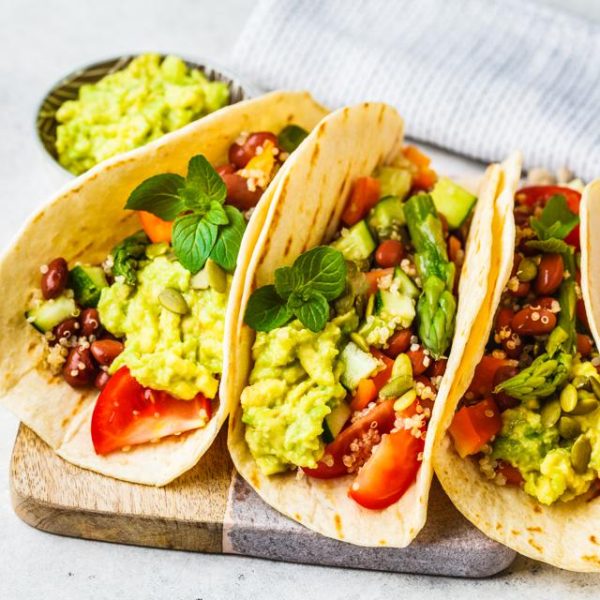










Share this article